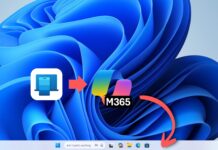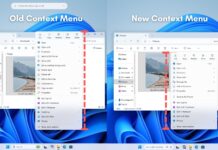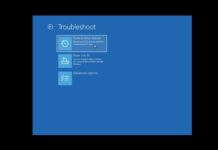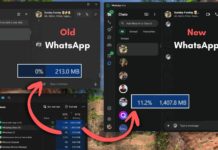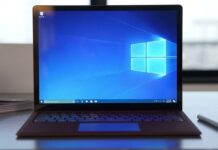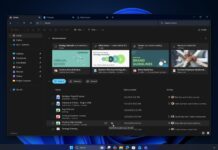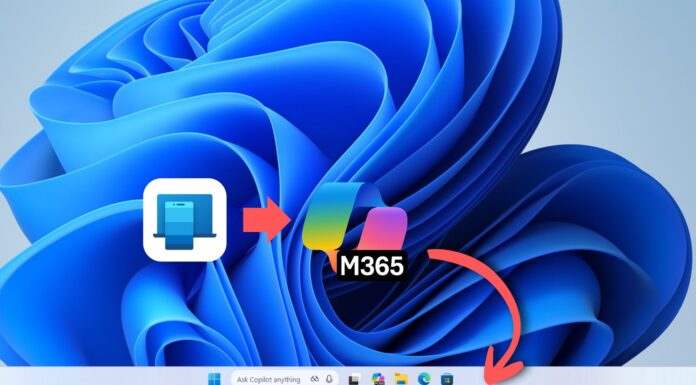About 3 weeks ago, news about Apple planning to launch a budget MacBook broke the internet, and the entire tech community went into a frenzy about the supposed demise of Windows market share.
Add to the fact that Windows has had a pretty bad month since Microsoft started pushing for an agentic OS. People are trashing the company on socials. Many claim that they stick to Windows just because of how expensive Macs are.
So, the question has to be asked: what will happen to Windows PCs with the budget MacBook slated to launch next year?
Apple is coming for the $600 Windows PC market
Historically, Apple and “budget” never seemed to mix well. The company refrained from selling anything at a lower cost to get a larger chunk of the market.
In fact, Steve Jobs famously said, “We don’t ship junk. We don’t ship stripped‑down PCs. We don’t ship budget PCs. We ship the best PCs in the world.”
However, things are about to change as Apple is planning to enter the low-cost laptop market for the first time, and with good reason, because even as the beloved M series chips turn 5 this year, Apple’s market share hasn’t gone above a single digit.
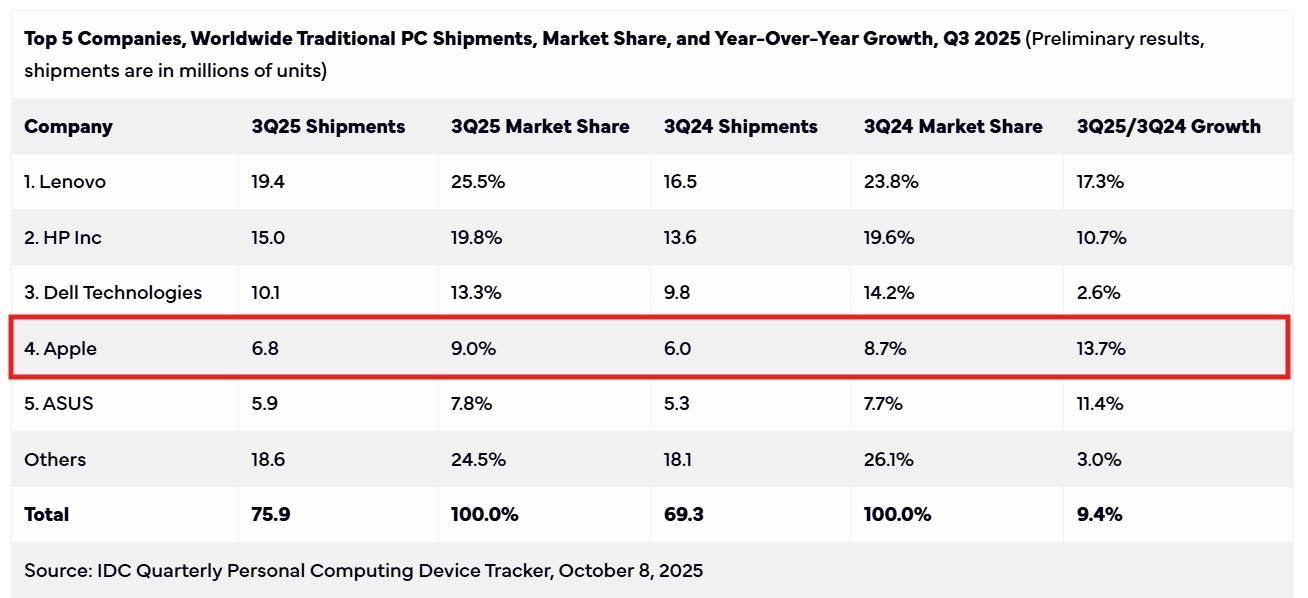
The cheapest laptop that Apple sells in its official store is the MacBook Air M4 at $999, which is nowhere near the budget space. But this laptop does go on sale frequently at around $749 on Amazon and Best Buy, and this price sounds closer to a budget range
The real kicker is Walmart selling a “brand new” MacBook Air M1 for $549, during the festive season. That’s a five-year-old laptop.
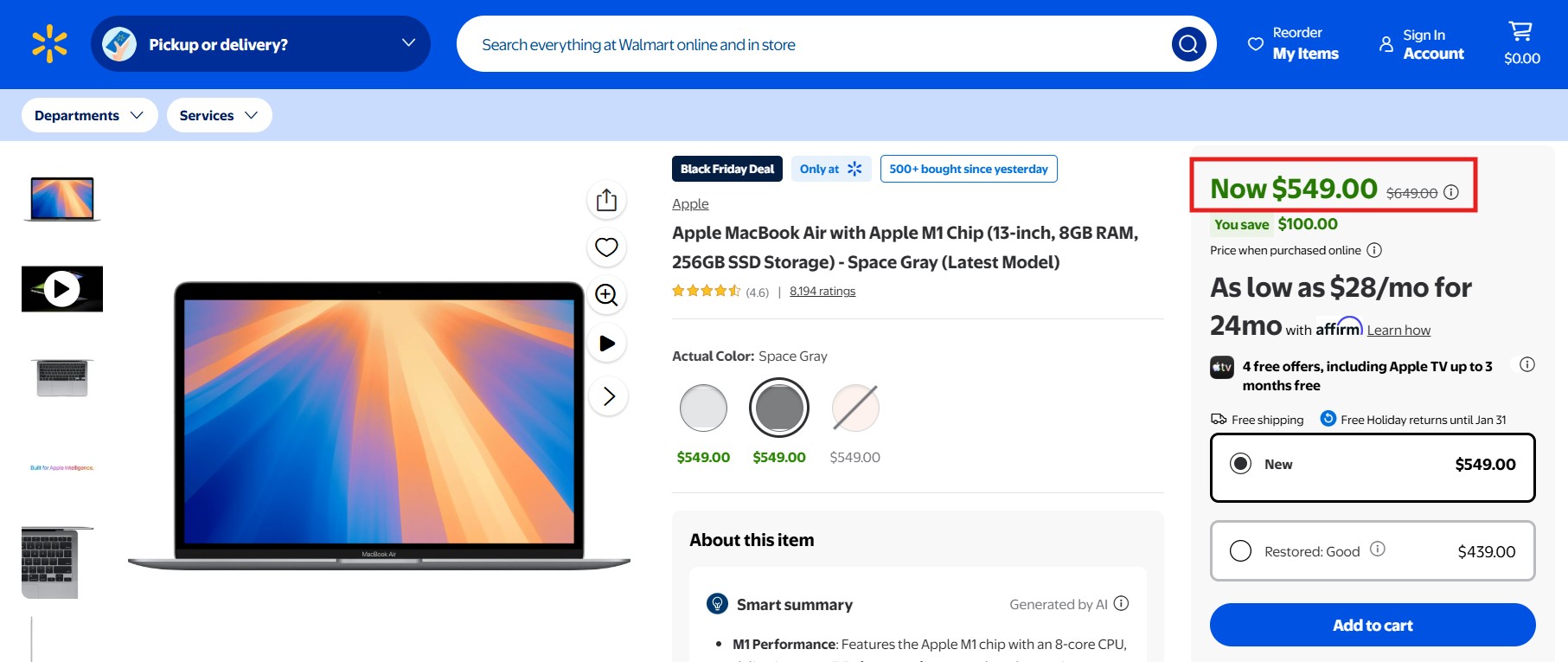
What I’m trying to say is that it’s not that you can’t get a cheap Apple laptop, but the marketing around it is not common. Apple doesn’t advertise that they’re selling their old laptop at half the price on a third-party vendor.
However, the new budget MacBook may be targeted towards students, businesses, and light users, probably the ones who need web browsing, the occasional document editing, maybe even some movie watching. Those kinds of use cases don’t call for spending even $500. In fact, these are the users who purchase cheap $300 Windows PCs. But they’ll still desire a “premium-feeling” product at a budget price.
Windows OEMs barely make money from laptops priced less than $800, so the marketing budget is low, and they’ll also cut corners in the parts that create a sense of premiumness, such as an aluminum body, haptic trackpad, excellent speakers, etc. This is where Apple’s budget MacBook is going to bring a panic attack to OEMs and, consequently, to Windows and Microsoft as well.
In the first half of 2026, when the budget MacBook launches, Apple is going to market it as the best laptop at that price; however, we know very well that it won’t be the case…
A budget MacBook will have the looks, but not the specs
In February of this year, Apple launched their “budget” iPhone 16e for $599, which came with a single camera on the back, and the fairly old notch, completely avoiding the Dynamic Island for the sake of making a budget product feel cheaper than it’s supposed to be, so higher-priced iPhones appear to be more premium devices.
The $4 trillion company recently launched a sock to put iPhones in for $229.95.

Apple, infamously, also sold the Mac Pro Wheels Kit for $1000. My hot take is that Apple does such outlandish stuff once in a while to build the public image that they are a premium company. Apple doesn’t intend to steer clear of that DNA.
It’s not like you can expect such a brand to launch a high-performance “value for money” laptop all of a sudden, as some reports have suggested.
But the cheap MacBook, which may cost $599, will have two things that Windows laptops around the same price range don’t have, and that is good design and exceptional battery life.
If rumours are to be believed, this new device will have an iPhone processor, specifically the A18 Pro. As it’s designed to run on a phone, it will slowly sip through the battery.
Independent tests show that this iPhone processor has more performance than the M1 chip from 5 years ago, which is an incredible feat of engineering.
However, just like the MacBook Air, the cheap MacBook will also avoid a cooling fan, and considering the smaller die size, it won’t be able to handle sustained load.
Also, speculating on how Apple prices its products, the base variant, I think, will have just 8GB of RAM, and if you go any higher in price, it will reach $800 or above, which closely approaches the M4 MacBook Air territory. That’s Apple’s price ladder!
However, this will be enough for basic work and education, and Apple knows that this target audience prefers form over function, which is why the budget MacBook will also have an “entirely new design”, complete with an aluminum body, haptic trackpad, and loud speakers, which are all features that YouTubers generally praise Apple for while comparing with Windows laptops.
Rumours also say that these MacBooks will come in more fun colors, which is again something that Windows laptops in this price range don’t consider, and that’s because any Windows PC bought for $600 will have to meet the expectation of being able to do actual work, so OEMs focus on function over form.
I guess that Apple’s marketing focus for the A18 Pro powered MacBook will lean heavily on battery life and design. People wouldn’t look past these, as performance won’t be in their consideration if all they have to do is basic work and study.
What does the competition look like for Apple?
To be honest, Windows PCs around the $600 price range have been lazy with the Color Material and Finish. Most models come with a plastic build, a mechanical plastic trackpad, poor speakers, low resolution webcam, and overall are undesirable.
The performance aspect is one thing that these devices haven’t compromised on, considering their price.
Although $600 Windows PCs are touted to be good for basic tasks, they are capable of getting real work done, just because it’s the full-blown Windows experience, and the processors can be pushed harder due to the presence of proper cooling fans.
Since I showed you the deal prices of the M1 and M4 MacBook Air series, here is what you can get at around $650:
One of the best MacBook-feeling laptops that you can get at $549 during sales is the Microsoft Surface Laptop 13 (2025) with Snapdragon X Plus.

Yes, it’s a 2025 model. The X Plus chip beats the M1 hands down in performance and efficiency, and it even goes toe to toe with the M4 chip, at least in multi-core performance.
So, the Surface Laptop looks and feels as good as a MacBook, has similar battery life, performs better during sustained load (due to a cooling fan), and most importantly, it has a touchscreen, all while having the same price as a half-decade-old MacBook Air
But if you do not want to go with Snapdragon, there are good Intel and AMD Windows 11 laptops as well.
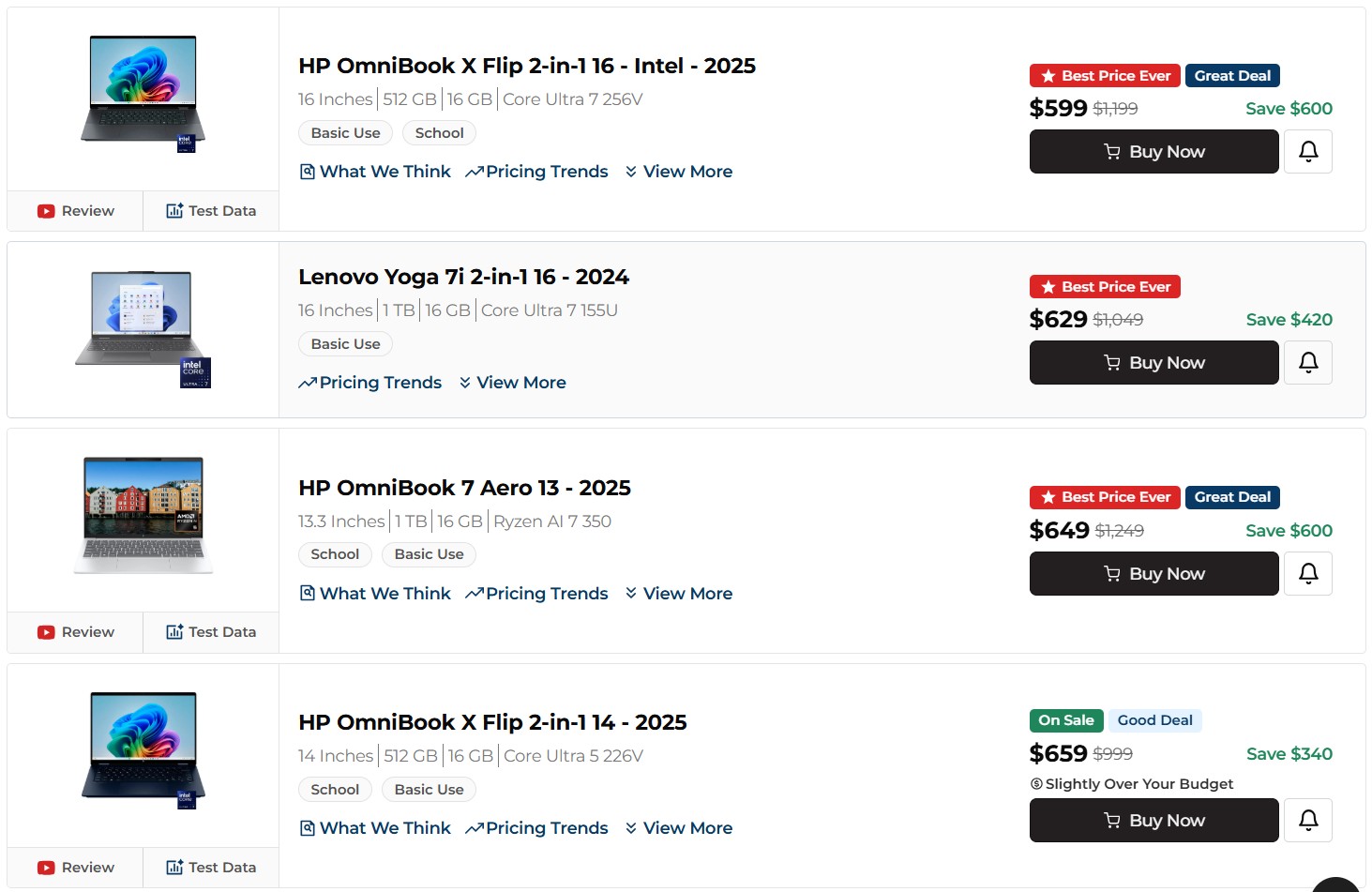
If you definitely want raw performance, especially for gaming, in the same $600 price range, the Windows 11 PC market still doesn’t disappoint:

Of course, you shouldn’t be expecting to play AAA titles at 60fps here, but you can still play any PC game, which is a lot, and something that macOS can’t dream about.
Also, it’s not like you can’t get Windows 11 laptops cheaper than this. Ben Bajarin, CEO and Principal Analyst at Creative Strategies, tells Windows Latest, “Windows already goes down to 300-ish, so a lot of low-end Windows devices are out there already.”

This is a price range that Apple can never match, but the user base they are targeting with the budget MacBook can still get by with $400 Windows PCs.
But there are even cheaper options, which brings us to Chromebooks; however, as Ben points out, “99% of them (Chromebooks) are sold to EDU.”
Google has made deals with educational institutes with special discounts to entice them to purchase Chromebooks, and ever since the pandemic, many students who’ve bought Chromebooks still stick with it, mostly because of the cognitive bias and some loyalty.
Something similar happened in the 90s in the US when Apple offered institutions with bulk purchase discounts, filling schools with colorful iMacs, like the iconic translucent G3.

So, with the upcoming colorful budget MacBooks, will we see this trend again?
I do not think so. It would take a lot for schools to make the switch from cheap Chromebooks to $500 MacBooks. Besides, Chromebooks are easier to fix and easier to manage for IT departments.
Frankly, I don’t see a possibility where Apple can take the market away from Chromebooks, despite many reports suggesting that the budget MacBook is coming for the ChromeOS market.
All this makes it seem like Apple’s plan to put a dent in the Windows market share for budget PCs isn’t going to take off as the company hopes. However, Apple has something up its sleeve that Windows OEMs can only dream of.
Windows laptops are frequently on sale, but Apple is better at marketing
Apple has recently laid off “dozens of sales roles” of employees whose primary duty was to communicate with businesses, schools, and government agencies about Apple products. It’s safe to assume that the company is planning big marketing efforts for the new MacBooks.
Sure, Windows 11 PCs from around $600 are better value for money devices, but they are not desirable, and that’s partly because they never seemed to care for the looks, and their target market never really thought that desirability was something they could wish for in this price bracket.
Two things are for sure: the upcoming budget MacBook is going to be one of the most beautiful laptops in that price range, and the Apple keynote is going to make sure that people are going to want that.
Until now, Windows OEMs have been battling against each other to get a larger pie of the under $800 PC market share. They only had to go on price wars, especially during the sales season.
But now, they are going to have to deal with a new kind of mindset from people. A mindset that defies logic and desires beauty, with a slim, lightweight aluminum unibody construction, chamfered edges, haptic trackpads, and a half bitten fruit logo on the lid.
When the A18 Pro MacBook launches in the first half of 2026, people will wanna buy a piece of hardware they never knew was possible.
If all this sounds unlikely, well, that’s the power Apple has over people, and it’s something that five or six PC OEMs can’t wrap their heads around, even if they try to.
Yes, the people who bought Windows PCs under $800 just because they thought they wouldn’t get anything else in that price range are most definitely going to want to switch to macOS.
Desirability will sell, specs don’t, especially for people who just want to use it for basic tasks. And that is the reason enough for “the entire PC ecosystem to be freaking out over what’s coming from Apple next year.”
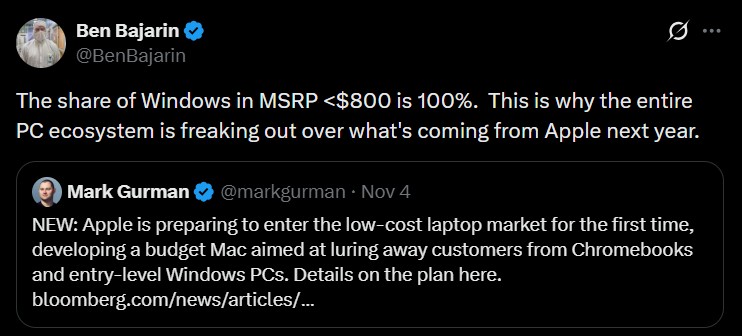
How the upcoming budget MacBook threatens Windows
Microsoft’s trouble is two-fold. One is that people hate Windows 11, which is totally the company’s fault. The second is the lack of desirable hardware for Windows 11, especially in the $600 to $800 price bracket.
The recent AI-fication of Windows 11 has made the already poor appeal of Windows to a staggeringly low level. MacOS, on the other hand, has a loyal fanbase.
Then there are people who use cheap Windows 10 devices, wishing to transition to macOS, as Windows 10 has reached its end of life, and, of course, since Windows 11 is hated globally.
But until now, people couldn’t do it because Apple never marketed a budget macOS device, despite such devices being available from third-party sellers. Now, the Cupertino-based company is going to do the exact opposite.
It’s public knowledge by now that anyone who buys a lower-end Apple product will likely stick with Apple and continue buying higher-end Apple products, which means a strong goodbye to Windows.
Windows PCs could become cheaper because of the competition
As soon as we near Apple’s announcement of a budget MacBook, we may see Windows PC manufacturers reducing the prices of their $600 to $800 product range.
But as the product launches and people’s mindset shifts, we may see something new from OEMs like HP, Dell, Lenovo, and the like.
As Analyst Ben Bajarin puts it, “This is likely more to drive a much better affordable premium Windows experience in the $ 600-800 range that I think is positive.”
I believe that Windows PC manufacturers will start to focus more on design, and creature comforts that YouTubers rave about in their MacBook reviews, like the haptic trackpads, and aluminium builds.
As the newly announced Snapdragon X2 Elite also starts to power Windows 11 laptops, we may see deeper discounts on the old Snapdragon X series, which means people’s wish for a budget laptop with a good design and great battery life may soon start to see daylight.

And now that Windows on ARM is getting a gaming boost as well, things will look good for prospective buyers.
As for Intel and AMD, battery life isn’t something that they can compete with Apple, at least in the $800 range. The ones that can, like the Lunar Lake series from Intel, are on the expensive side, hovering well above $1000.
So, it all comes down to the manufacturers who have to do the R&D and procure components from the supply chain, to somehow launch well-designed and premium-feeling Windows laptops to compete with Apple’s upcoming budget MacBook.
But all these efforts from Microsoft’s partners will mean nothing if the company does not plan to fix Windows 11.
What should Microsoft do?
There is no going around the fact that both power users and regular users hate Windows 11. Power users are frustrated, regular users are confused, and Microsoft keeps stacking AI features on top of an OS that already makes people feel like it is filled with bloatware.
The fix can only come from stepping back. Microsoft needs its own Snow Leopard moment.
In 2009, Apple paused the feature race, rewrote huge chunks of macOS, tossed out old code, fixed long-standing bugs, and focused entirely on stability. It worked. Macs felt faster, lighter, and dependable again. That one cycle of restraint bought Apple years of goodwill.
Windows desperately need the same treatment. And it’s not like Microsoft hasn’t done it already.
Dave Plummer, an ex-Microsoft engineer, said, “Windows needs another ‘XPSP2 moment”.
“Rather than trying to improve and add value to the system through new AI features -now-, I argue it’s time for Microsoft to stabilize, improve, and make the system more performant. And more usable for power users.”

If Microsoft does that, if it spends one cycle fixing Windows 11 instead of reinventing it with AI, Windows OEMs won’t be fighting Apple alone.
Suddenly, those $600 laptops will feel snappier, cleaner, and more reliable. Do that, and desirability can return to Windows. But if Microsoft ignores it, their partner OEMs will have a hard time being profitable.
If all is said and done, we may finally see desirability in the budget Windows 11 PC market.


